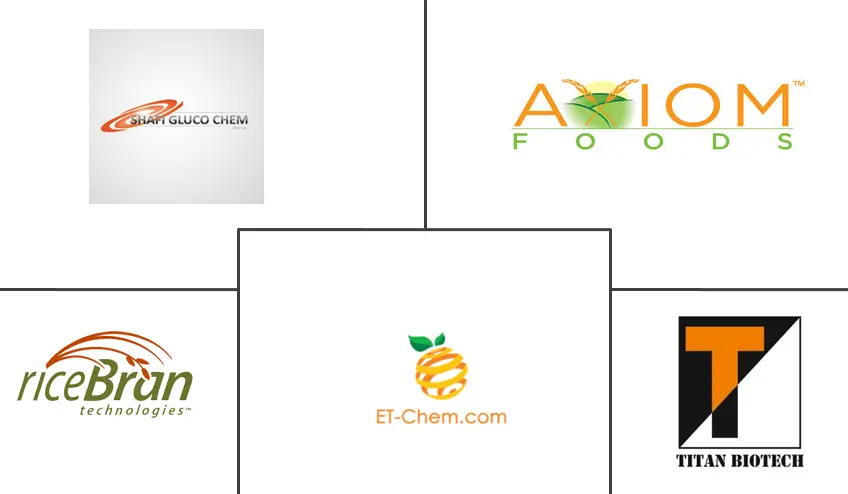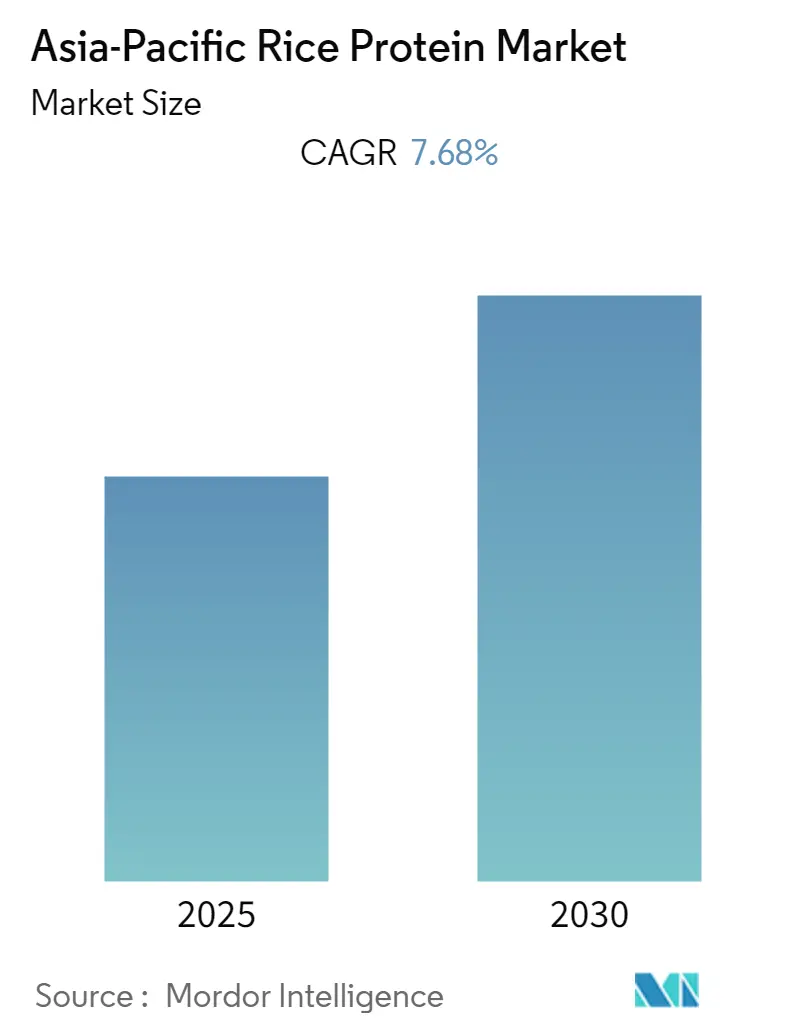
Asia-Pacific Rice Protein Market Analysis by Mordor Intelligence
The Asia-Pacific Rice Protein Market is expected to register a CAGR of 7.68% during the forecast period.
Countries, such as South Korea, Japan, and Hong Kong are expected to show a decline in rice consumption, owing to dietary changes, thereby, focusing more on the derivatives side, which can be utilized across processed food products as an ingredient.
The rice protein isolate segment is expected to account for the highest share during the forecast period.
Asia-Pacific Rice Protein Market Trends and Insights
Growing Application in Supplement Segment
Rice protein is considered as an alternative to the popular soy, pea, and milk protein. On the other hand, rice protein contains a high percentage of cystine and sulfur-containing amino acids. Due to a lack of lysine in rice protein, the product is blended with pea protein to balance the missing ingredient.
The growing awareness about health supplements, along with the growing population and increasing disposable incomes, is altogether driving the dietary supplement market in the region. Across countries, such as China, India, and Japan, the shifting consumer trend toward preventive healthcare, which further reduces healthcare expenses, has also contributed to the demand for nutrition products. This has led major manufacturers to engage in the manufacturing of supplements having a sole focus on the region and sourcing alt-protein that helps in increasing and innovating their existing product portfolio.
The trend of consuming allergen- and gluten-free, easy to digest, and Earth-friendly products are among the main factors that will facilitate and ramp up the demand for rice protein added dietary supplements in the region.
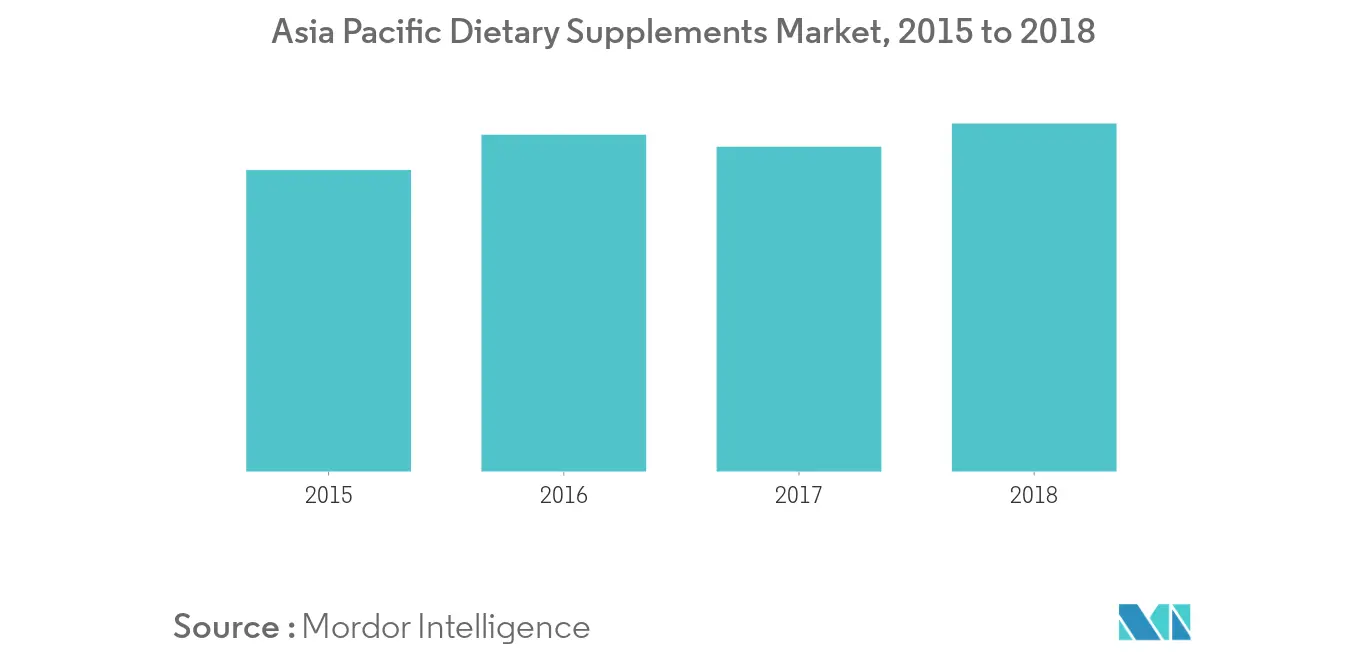
Cosmetics Likely to Offer Concrete Opportunities
Rice is rich in amino acids, vitamin E, ferulic acid, allantoin, and starch substances, which have a particularly important function for the good health of the body and skin. Rice proteins are obtained after processing of the rice with specific enzymes. The isolated powdery substance with a high concentration of nutrients is used as an additive to foods, drinks, and cosmetics. The cosmetic grade vegetable protein is beneficial to both hair and skin, and rice being a mild material, is often used by allergy-prone or sensitive individuals.
Surging demand for personal care products, coupled with rising awareness regarding cruelty-free beauty products, is expected to be one of the key drivers increasing the market growth. Moreover, embracing natural substitutes, such as plant-based personal care products is working in favor of consumers. In recent times, a sharp rise in the number of beauty blogs and social media accounts that are committed to the benefits of going chemical-free has worked in favor of the vegan cosmetics market, by enhancing consumer's information.
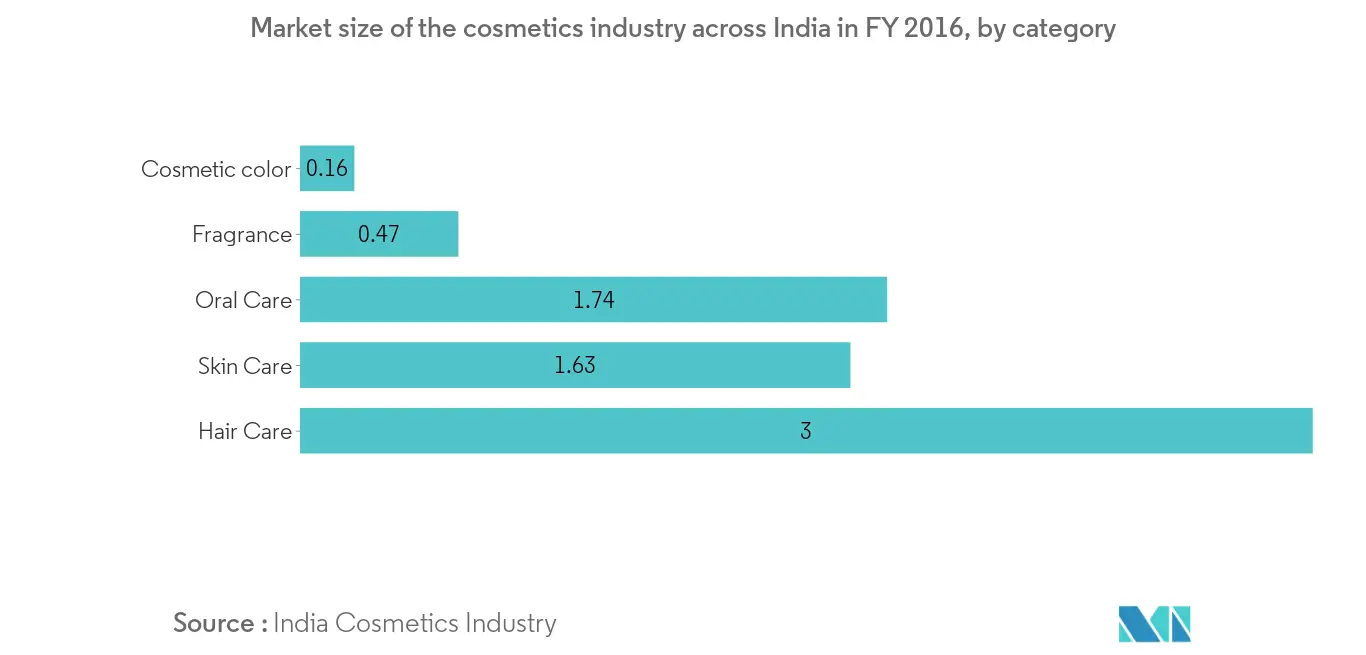
Competitive Landscape
The manufacturers are investing significantly in R&D activities to improve yield and deal with complexities involved in the production of rice protein. Companies that are creating novel and innovative ingredients that have a widespread application are more likely to be promoted as a key product in the future. Major key players are RiceBran Technologies, Axiom Foods, AIDP Inc., Shafi Gluco Chem Pvt. Ltd, and Bioway (Xi'an) Organic Ingredients Co. Ltd.
Asia-Pacific Rice Protein Industry Leaders
-
Rice Bran Technologies
-
Axiom Foods
-
Shafi Gluco Chem Pvt.
-
ET Chem
- *Disclaimer: Major Players sorted in no particular order
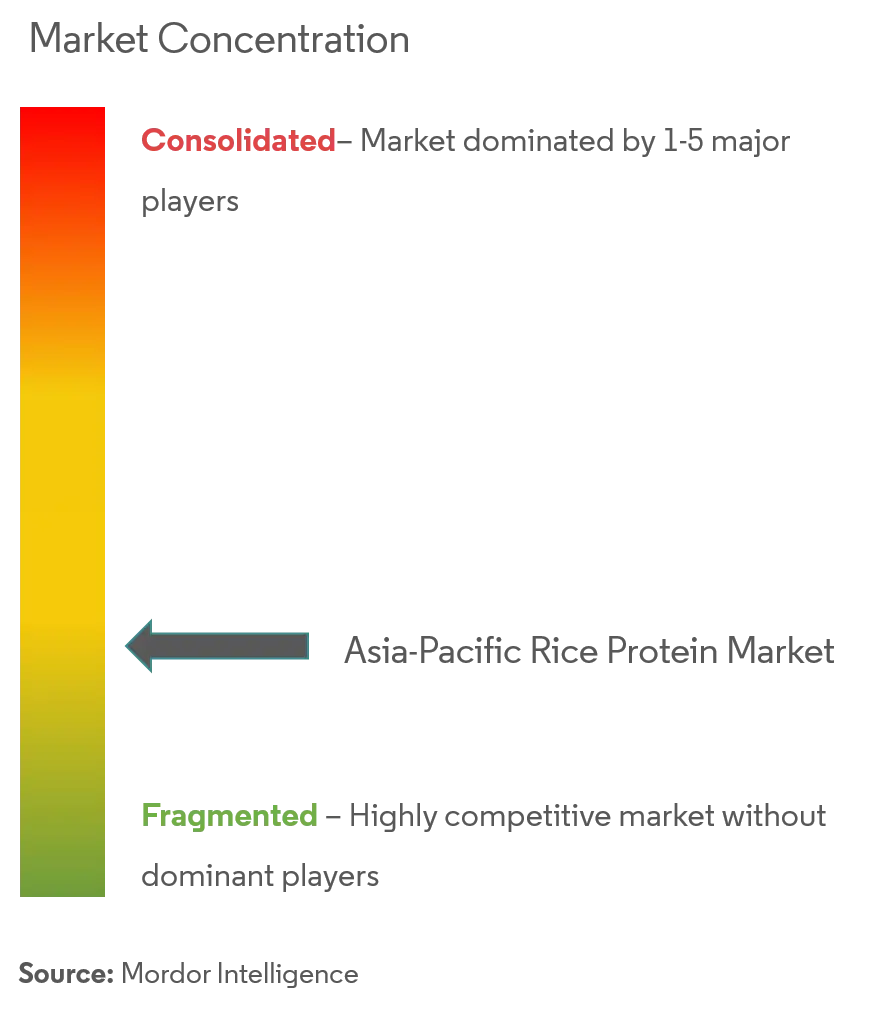
Asia-Pacific Rice Protein Market Report Scope
The Asia-Pacific rice protein market is segmented by product as rice protein isolates, rice protein concentrates, and other products, by application as food ingredients: energy and sports drink, meat analogues, beverages, bakery and confectionary; dietary supplements, and animal feed. By geography, the market is available on the basis of countries as China, India, Japan, Australia, and the Rest of Asia-Pacific.
| Rice Protein Isolates |
| Rice Protein Concentrates |
| Other Products |
| Food Ingredients | Energy and Sports Drinks |
| Meat Analogues | |
| Beverages | |
| Bakery and Confectionary | |
| Dietary Supplements | |
| Animal Feed |
| Asia-Pacific | China |
| India | |
| Japan | |
| Australia | |
| Rest of Asia-Pacific |
| By Product | Rice Protein Isolates | |
| Rice Protein Concentrates | ||
| Other Products | ||
| By Application | Food Ingredients | Energy and Sports Drinks |
| Meat Analogues | ||
| Beverages | ||
| Bakery and Confectionary | ||
| Dietary Supplements | ||
| Animal Feed | ||
| Geography | Asia-Pacific | China |
| India | ||
| Japan | ||
| Australia | ||
| Rest of Asia-Pacific | ||
Key Questions Answered in the Report
What is the current Asia-Pacific Rice Protein Market size?
The Asia-Pacific Rice Protein Market is projected to register a CAGR of 7.68% during the forecast period (2025-2030)
Who are the key players in Asia-Pacific Rice Protein Market?
Rice Bran Technologies, Axiom Foods, Shafi Gluco Chem Pvt. and ET Chem are the major companies operating in the Asia-Pacific Rice Protein Market.
What years does this Asia-Pacific Rice Protein Market cover?
The report covers the Asia-Pacific Rice Protein Market historical market size for years: 2019, 2020, 2021, 2022, 2023 and 2024. The report also forecasts the Asia-Pacific Rice Protein Market size for years: 2025, 2026, 2027, 2028, 2029 and 2030.
Page last updated on:
Asia-Pacific Rice Protein Market Report
Statistics for the 2025 Asia-Pacific Rice Protein market share, size and revenue growth rate, created by Mordor Intelligence™ Industry Reports. Asia-Pacific Rice Protein analysis includes a market forecast outlook for 2025 to 2030 and historical overview. Get a sample of this industry analysis as a free report PDF download.
